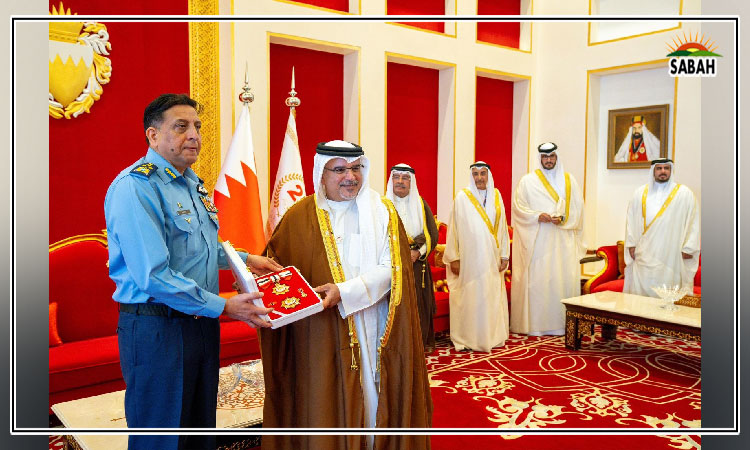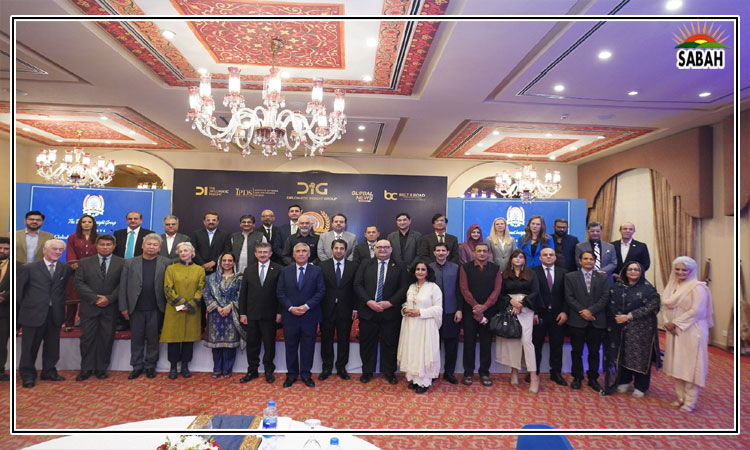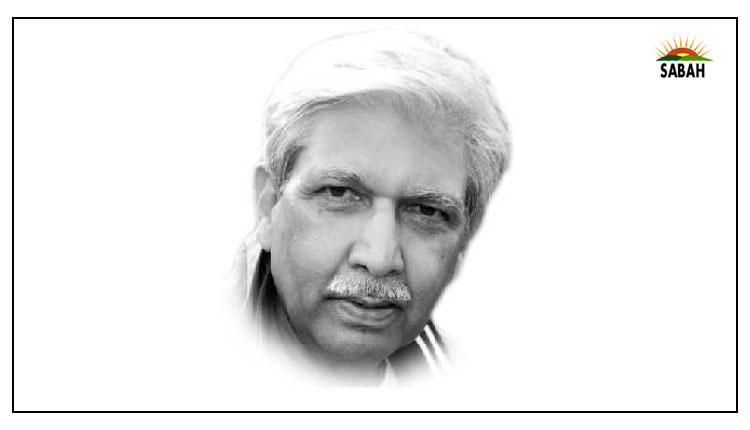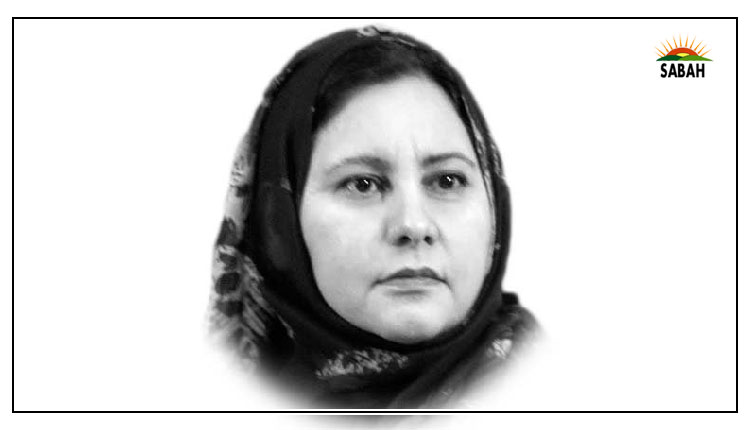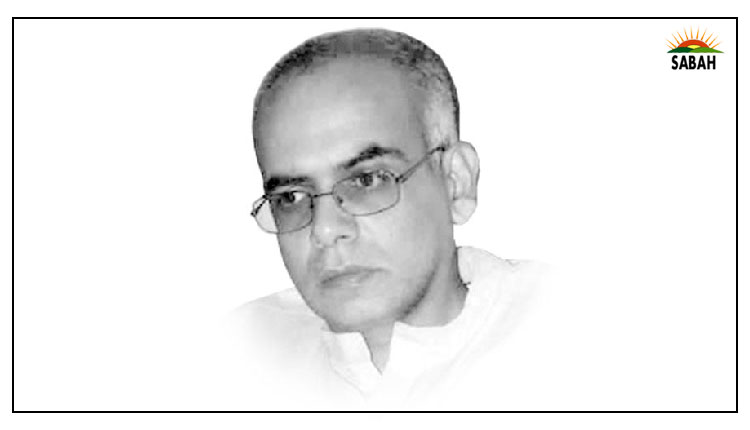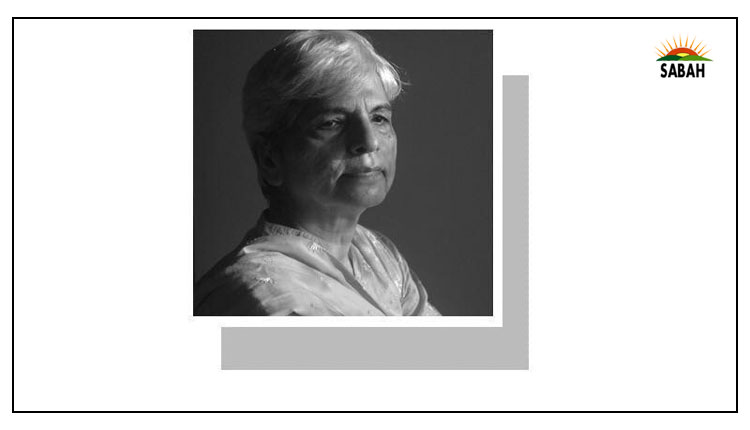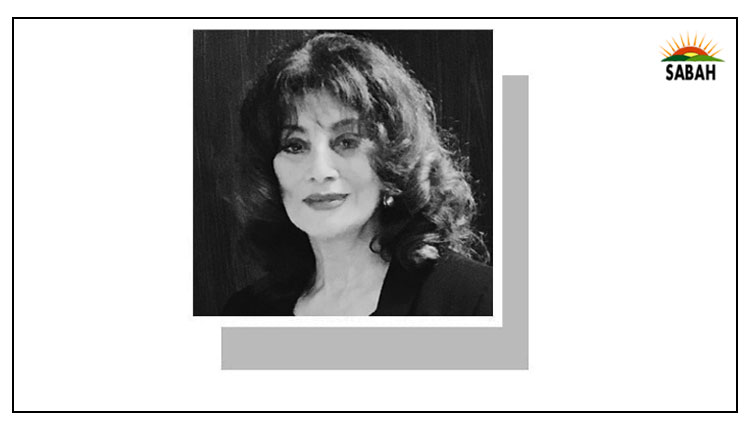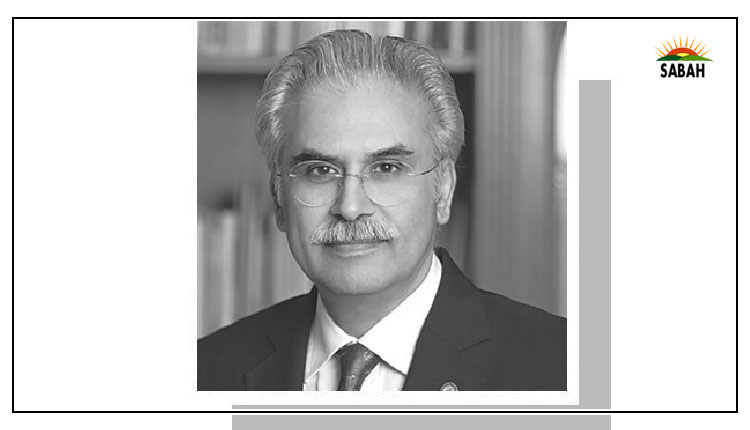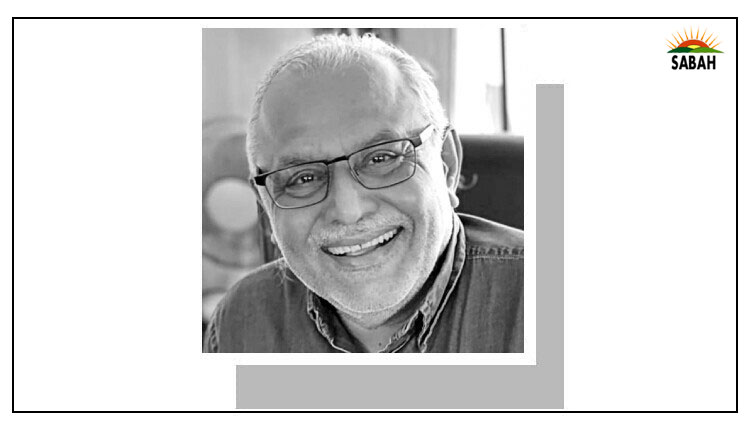Polls and beyond…Abbas Nasir
NOW that the Election Commission has announced the schedule for the Feb 8 elections, after the Supreme Court on Friday brushed aside a challenge to hold polls on that date, what strategies are political parties in the fray likely to use to maximise their chances in the electoral exercise?
With the overturning of PML-N leader Nawaz Sharifs two lower court sentences by the Islamabad High Court earlier, the former prime minister appears set to lead his partys campaign in the face of very tough odds: as observers with their finger on the pulse of the electorate in Punjab say, the PTI remains a formidable contender. Mr Sharif will need to up the tempo of his mass contact tours to motivate his support base.
As we speak, the PML-N appears content to let the establishment deal with the PTI, whether through brutal administrative means or judicial manoeuvring, because Nawaz Sharif believes it is incumbent on the establishment to atone for its sins and do what it takes for the reset to 2016.
But things are not that simple in politics. Of all parties, the PML-N should know well that once the genie is out of the bottle it is nearly impossible to push it back in. The partys own evolution is an example of this.
It was propped up as a viable alternative to the Benazir Bhutto-led PPP, but within a few years of coming into being, it sank its roots in the all-important Punjab and soon started to question the establishments primacy and claim the province as its own.
The establishments pushback may have appeared effective for a while, buoyed as it was by the US war on terror and the use of Pakistan as a pawn in the war. However, it weakened as soon as the global environment changed. The down and out PML-N, helped by (its new ally) PPPs deft negotiations, was back with a bang.
Unless the 2023 electoral exercise mirrors the blatantly managed 2018 elections, it is easy to see that the PML-N will be hard-pressed to form a comfortable government on its own. Far from it. In the best of times, it will be at the head of a coalition.
A coalition where, to add to its own central Punjab tally and south Punjab electables, some seats will be managed from Sindh and most from the systematically engineered and largely disenfranchised Balochistan. The election over, the harsh rhetoric will be too, and the PPP could well be a part of this grouping, having a majority, in all likelihood, in Sindh.
Given the passions Imran Khan arouses in KP in particular, it does not seem likely that anyone else can take very many seats. And this is where any attempt to ride roughshod could backfire as there appears a degree of PTI mobilisation in this powder keg of a province not witnessed elsewhere in the country. This is why the JUI-F appears tentative in facing the electorate.
If this were to be the emerging scenario, what options would the PTI have before it? The most lethal arrow in its quiver is its unmatched dominance of social media platforms. Without doubt, it is the only party that has understood and exploited social medias potential to the full.
With 21 million new voters added to the electoral lists since 2018, how much of an edge will the PTI have in 2024? One need only look at the penetration of smartphones, especially of affordable Chinese make, in Pakistan and the likelihood of social media use by this demographic to appreciate the impact PTI could have.
On the downside for the party is the imprisonment of dozens of its leaders, most notably Imran Khan who may also be sentenced before the election, just as Nawaz Sharif was, ahead of the 2018 polls. Those who are not in jail on largely spurious charges, are either in hiding or have gone abroad and are unable to campaign.
The rejection of the PTIs intra-party election earlier this month by the Election Commission may mean the party is unable to use its bat symbol. But then, the PPP demonstrated in 1988 (the pre-social media and 24X7 news channels era) that its teer (arrow) proved to be just as effective as its traditional sword symbol that was denied to the party.
The PTIs options may appear limited but it isnt out of them. It could throw a spanner in the works by asking its supporters to turn out in big numbers to vote for even little known independent candidates it encourages to run against the PML-N particularly in Punjab. Big numbers are crucial for this.
If the party commands the kind of support it claims, and many observers concur it does, this tactic, especially if timed cleverly, ie, last-minute via social media messages, could cause problems for the PML-N in Punjab and for the MQM-P-PML-N in Karachi particularly.
For this to work, party morale and its structure will have had to survive the crackdown it has faced since May 9 this year. Mass support means little if it cant be mobilised. Only the PTI can tell whether it can. The last time it tried to mobilise its support base, it was with disastrous consequences. It appeared to have fallen into a trap set for it.
Patience has never been the PTIs strong suit but it could sit back, weather the storm and wait for the change of command, which will be some 21 months after the elections. It could regroup and start to pile street pressure for a fresh election after that.
A new chief always represents new thinking. Two years into civilian rule, the change itch may start again, with the PTI being the beneficiary on that occasion. The only certainty at this point is about who will remain the chief decision-maker. The rest we can make up as we go along.
Courtesy Dawn



